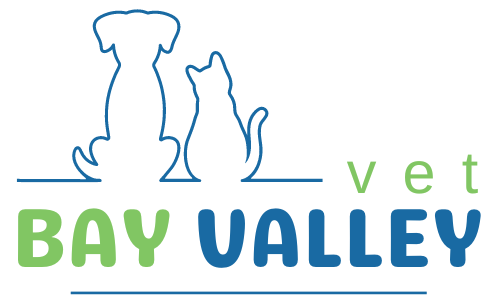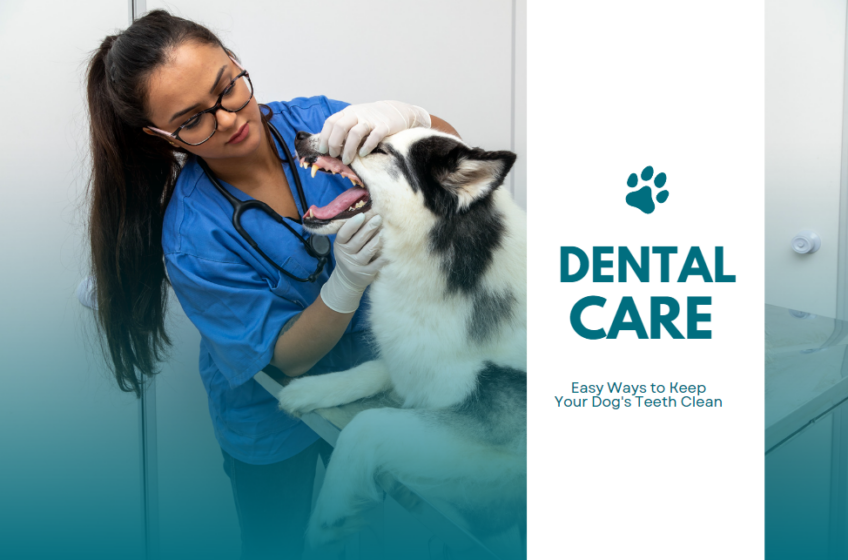The impact of inadequate dental care in pets goes way beyond bad breath. In both dogs and cats, poor oral hygiene is linked to heart, liver, and kidney disease. All three of these conditions can drastically reduce your pet’s longevity.
So what’s the solution? Care for your pet’s teeth as you would your own, by brushing them every day. Here are some additional strategies to maintain pet oral health at all phases of life:
Young Pets
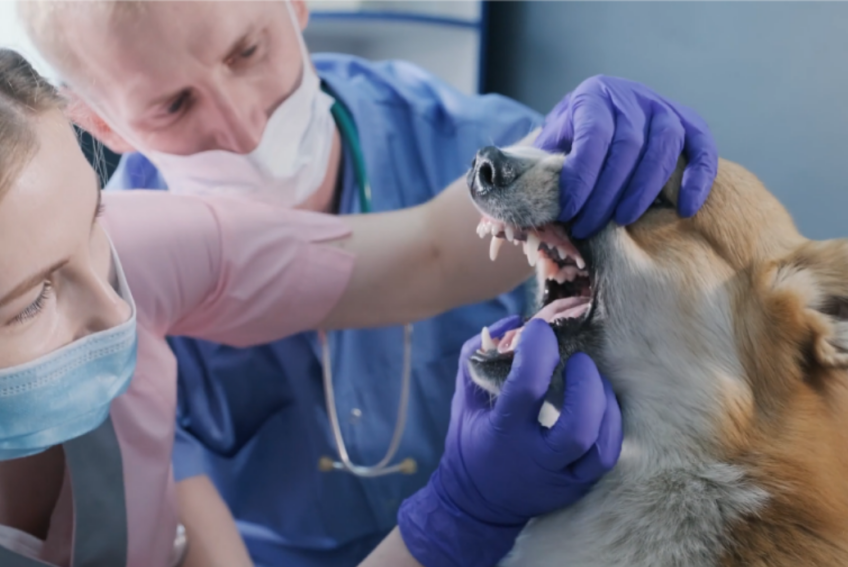
Get in the habit of annual checkups for routine dental hygiene, to start good habits at the outset. Have your veterinarian check for any retained baby teeth or misalignments. He or she can also help you understand any genetic predispositions of your pet. For example, Yorkshire Terriers are prone to severe dental disease, and a high-protein diet can worsen underlying kidney disease in cats.
Middle-Aged Pets
Pets between the ages of 4 and 9 years are at a critical phase for dental problems that will continue to get worse (and more expensive). Consider a pet that requires 1-2 tooth extractions at age 4, which may cost around $200. Without routine oral hygiene and checkups, the problem could balloon to 10 extractions at age 9, costing around $1,200.
Senior Pets
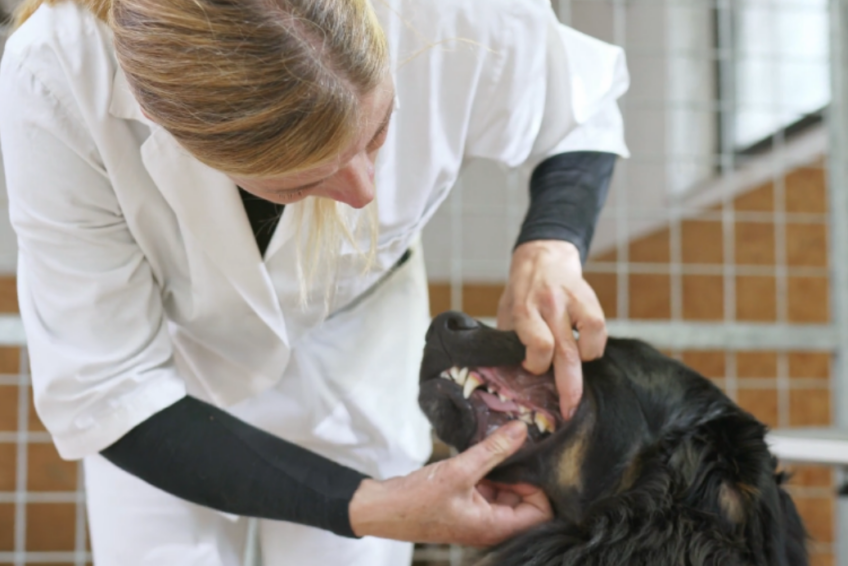
The most effective step is to talk to your veterinarian about the right course of action. An older pet may need a dental procedure, but the benefits must be weighed against the risks of anesthesia. Other strategies to increase your pet’s quality of life are introducing a prescription diet that will reduce plaque and tartar buildup, and providing dental chews at home to help clean teeth.
Dental Health Tips
When we think of pet wellness, we tend to look at energy, appetite, and behavior as key indicators, often leaving out one of the most important factors –– dental health.
In both dogs and cats, poor oral hygiene is linked to heart, liver, and kidney disease. All three of these conditions can drastically reduce your pet’s longevity.
For ourselves, we know the importance of brushing and routine cleanings. Why not do the same for our pets? Here are some additional strategies to maintain pet oral health:
Start ‘em young

When they’re just puppies and kittens, have your veterinarian check for any retained baby teeth or misalignments. They can also help you understand any genetic predispositions of your pet.
Chew (or don’t chew) on this
Don’t let pets chew on anything you wouldn’t chew on yourself. Chewing on rocks or very hard plastic can lead to broken teeth and costly extractions down the line.
Think financially
Consider a pet that requires 1-2 tooth extractions at age 4, which may cost around $200. Without routine oral hygiene and checkups, the problem could balloon to 10 extractions at age 9, costing around $1,200.
Take a look at their diet
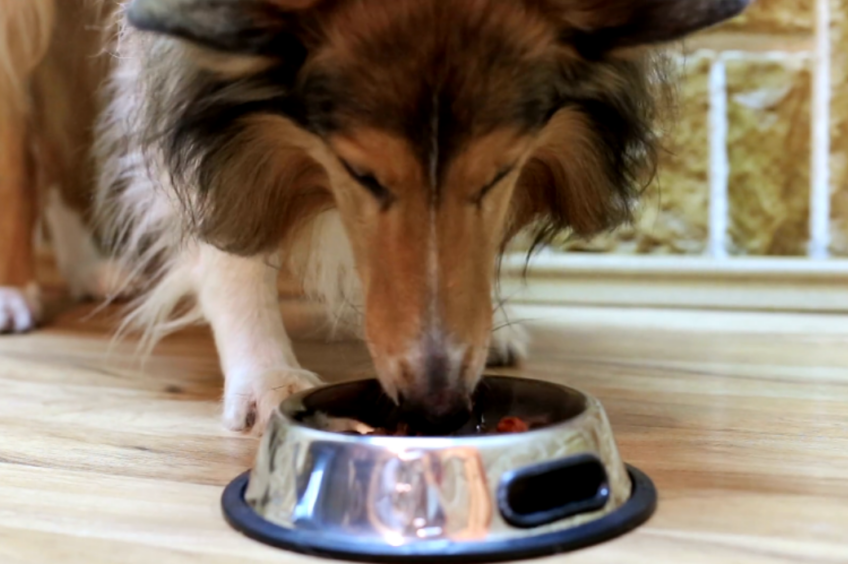
Ask if changes may help reduce future dental disease. Canned food is linked to more severe dental disease, so it could be time to switch to dry food. Other strategies to increase your pet’s quality of life are introducing a prescription diet that will reduce plaque and tartar buildup, and providing dental chews at home to help clean teeth.
Keep an eye on senior pets
An older pet may need a dental procedure, but the benefits must be weighed against the risks of anesthesia.
Hiding the Pain
Dogs and cats both have high pain thresholds and will continue to eat even when they’re in pain, so that’s not a reliable indicator of dental decay.
